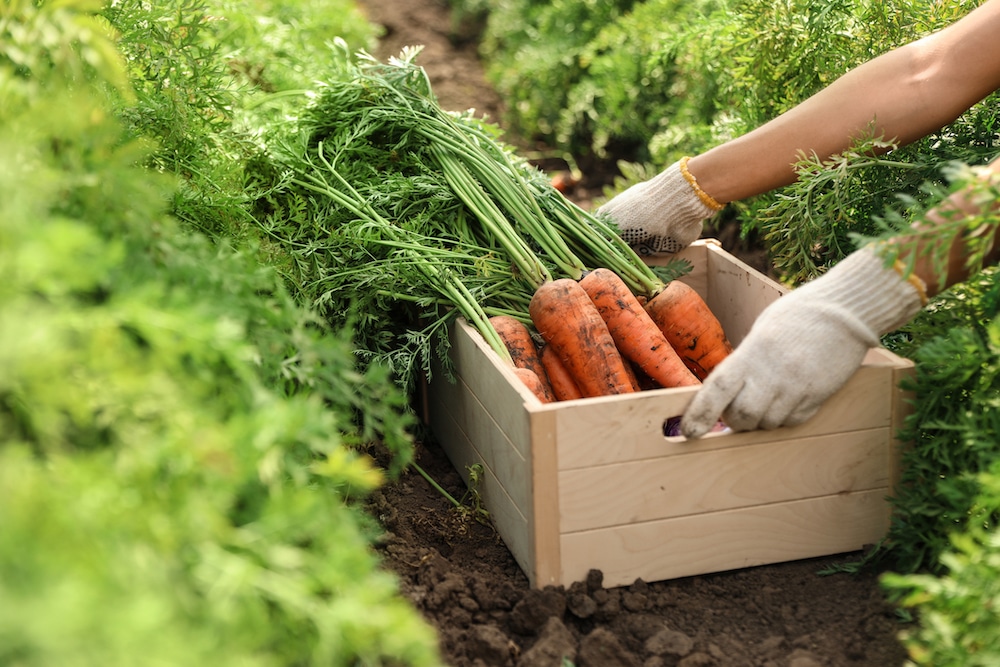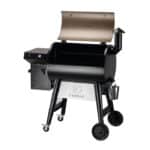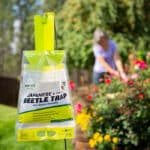
Americans Prefer Products Made in the U.S.A.
What most people refer to as organic gardening is simply returning to growing food the way it has been done for thousands of years. Granted, the process used by organic farmers and gardeners may be more complex because some have added technology and science to the mix. However, a bountiful harvest is still the goal. So, what does organic gardening mean in today’s world, and why does it matter? The basic philosophy behind the “organic” movement is that the healthiest food is produced when soil is nurtured with essential nutrients rather than treated with chemical fertilizers, pesticides, and herbicides. Healthy soil using composted organic matter produces robust crops that are less prone to insect infestation.
Organic gardening is more than simply avoiding synthetic pesticides and fertilizers, says Therese Ciesinski, editor of Organic Gardening Magazine, “It is about observing nature’s processes and emulating them in your garden as best you can. And the most important way to do that is to understand your soil’s makeup and give it what it needs. If anything can be called a ‘rule’ in organic gardening, it’s this: feed the soil, not the plant.”
One percent of farmland is certified organic.
According to the U.S. Department of Agriculture, in 2016, there were more than 14,000 organic farms in the U.S., with sales of goods totaling $7.6 billion. This figure represents a 56 percent increase from 2011 when sales were $3.5 billion. While organic farming has experienced significant growth, only one percent of the 911 million acres of farmland nationwide are certified organic. Vermont has the largest share of organic farms, with a total of 11 percent of the state’s 1.25 million acres.
The Green Revolution
Somewhere along the way, gardeners began using chemicals instead of organic matter. According to Nancy Pollard, University of Illinois Horticulturist, “Synthetic pesticide production began around World War II. While these pesticides saved lives and reduced crop failure due to pests, it soon became evident that broad-spectrum pesticides killed more than the target pest. Unintended consequences have led the Environmental Protection Agency to evaluate risks and remove many pesticides from the marketplace. Both organically approved and synthetic pesticides have some level of toxicity.” Surprisingly, the era after the war when chemicals were introduced on a mass scale is referred to as the Green Revolution because crop yields surged worldwide.
Urban and Suburban Areas
City-dwellers are becoming adept at growing organic gardens on vacant plots of land. People may work together to prepare the soil, plant seeds, and share the tasks required to maintain the space. Like homeowners in urban areas, suburbanites are busy creating composts that can typically consist of old vegetables, eggshells, coffee grounds, and leaves. This mixture is ideal for enriching the soil after minute organisms break it down.
Organic Farming and Big Business
The assumption is that the majority of organic farms are small family-owned operations. However, many organic foods sold in supermarkets are produced by large conglomerates. For example, Bolthouse Farms is owned by a private equity firm, and food giant ConAgra owns Alexia. When it comes to receiving an organic certification, large and small businesses must adhere to the same rules—this includes using natural fertilizers, organic seeds and preventing erosion by rotating crops. Certified organic is a term governed by The Organic Food Production Act of 1990, which sets the standards for foods that receive the label.








